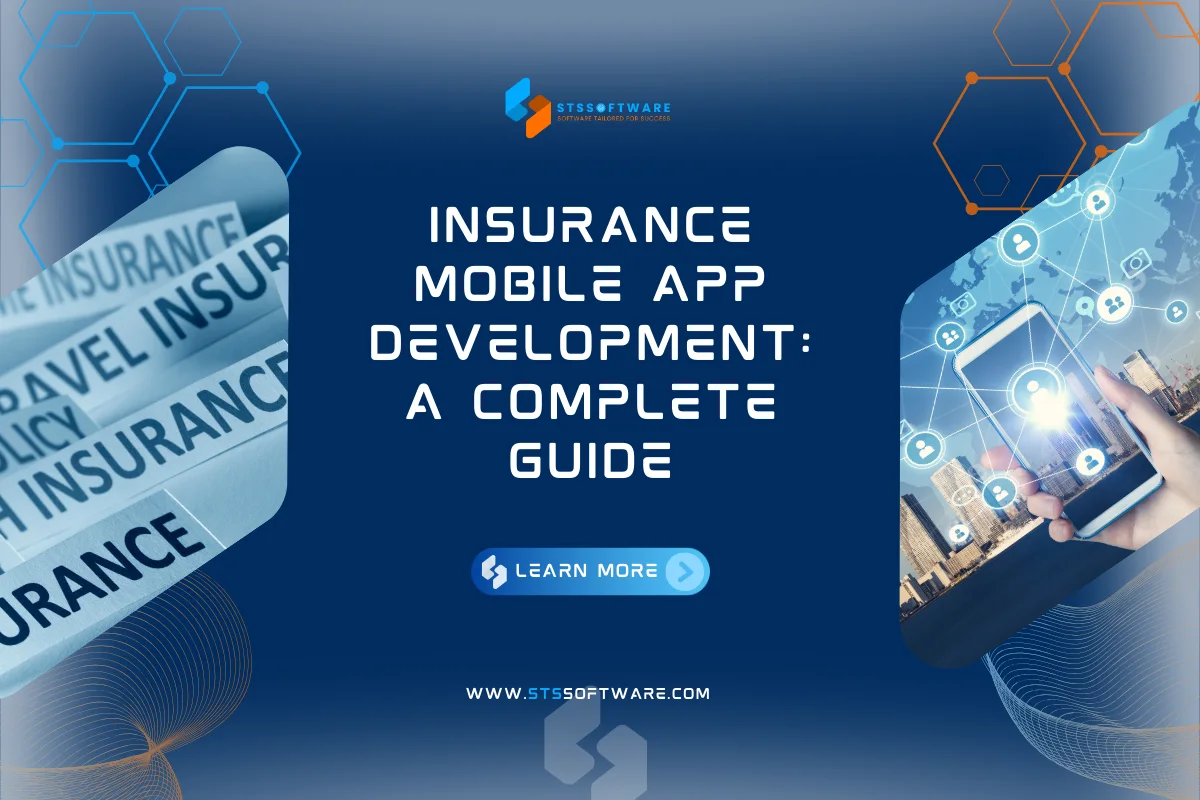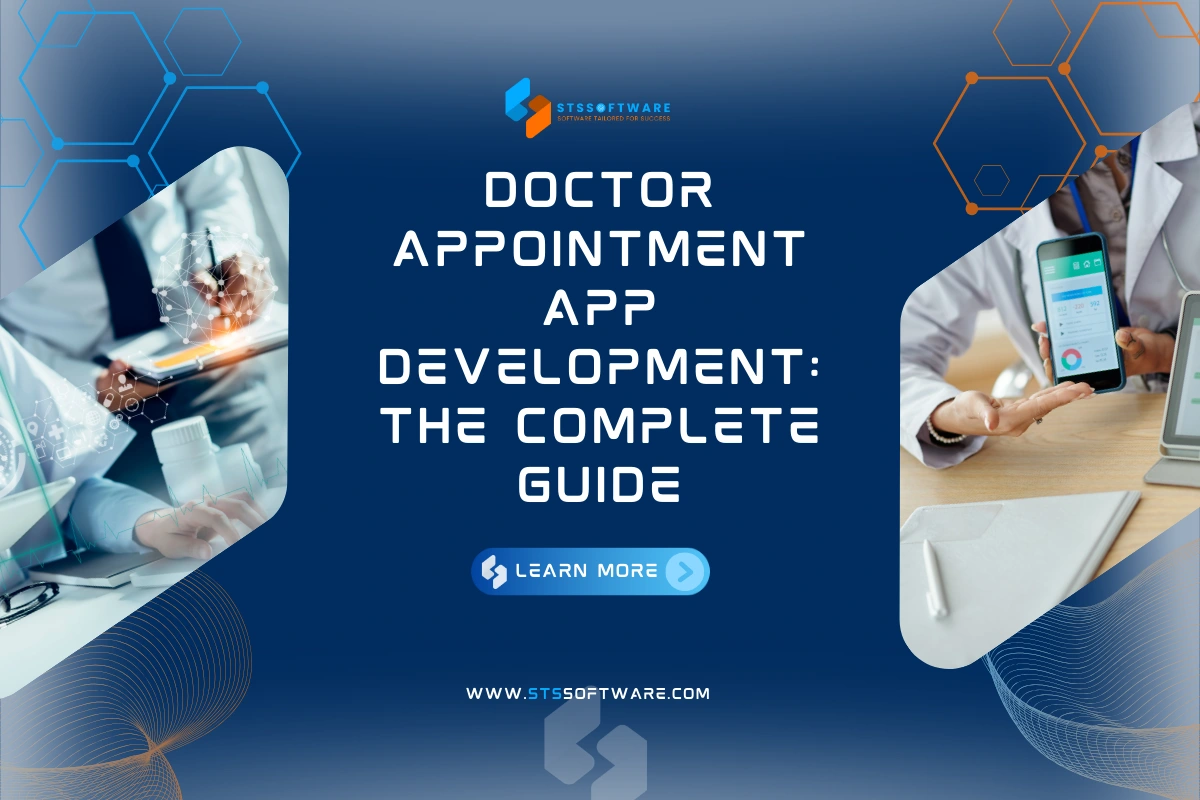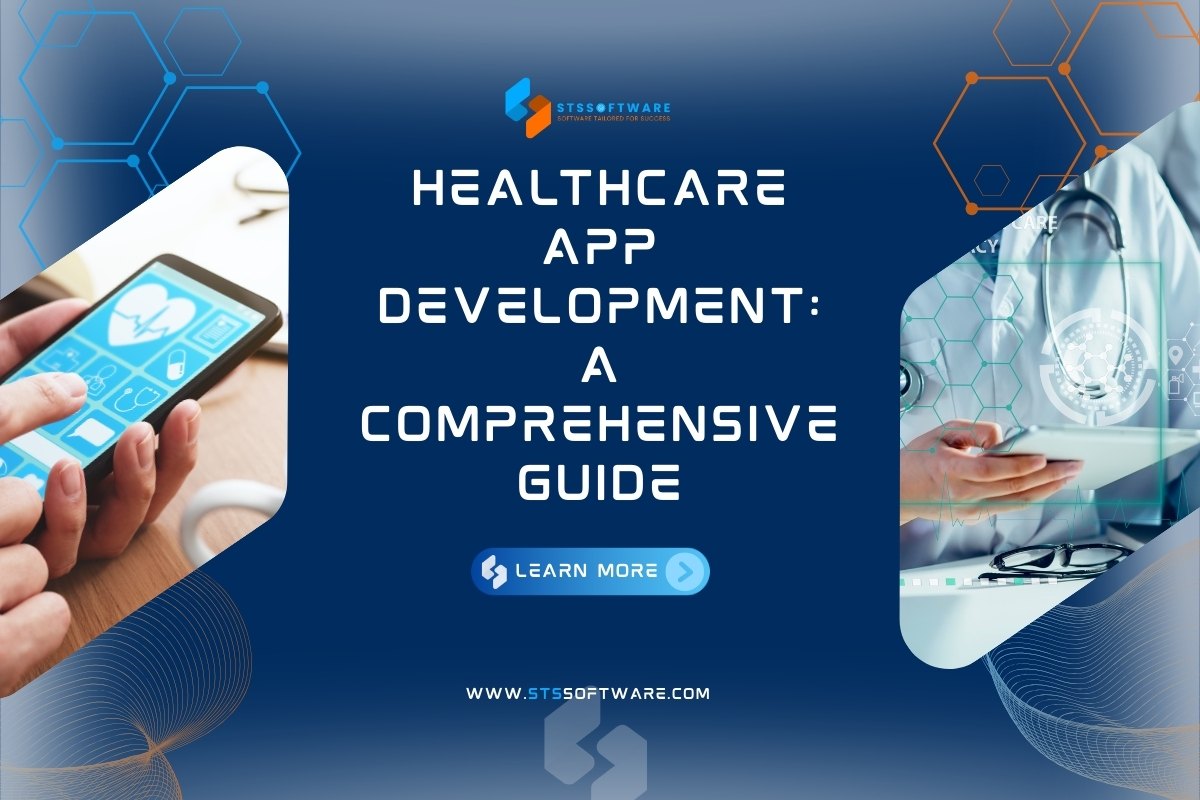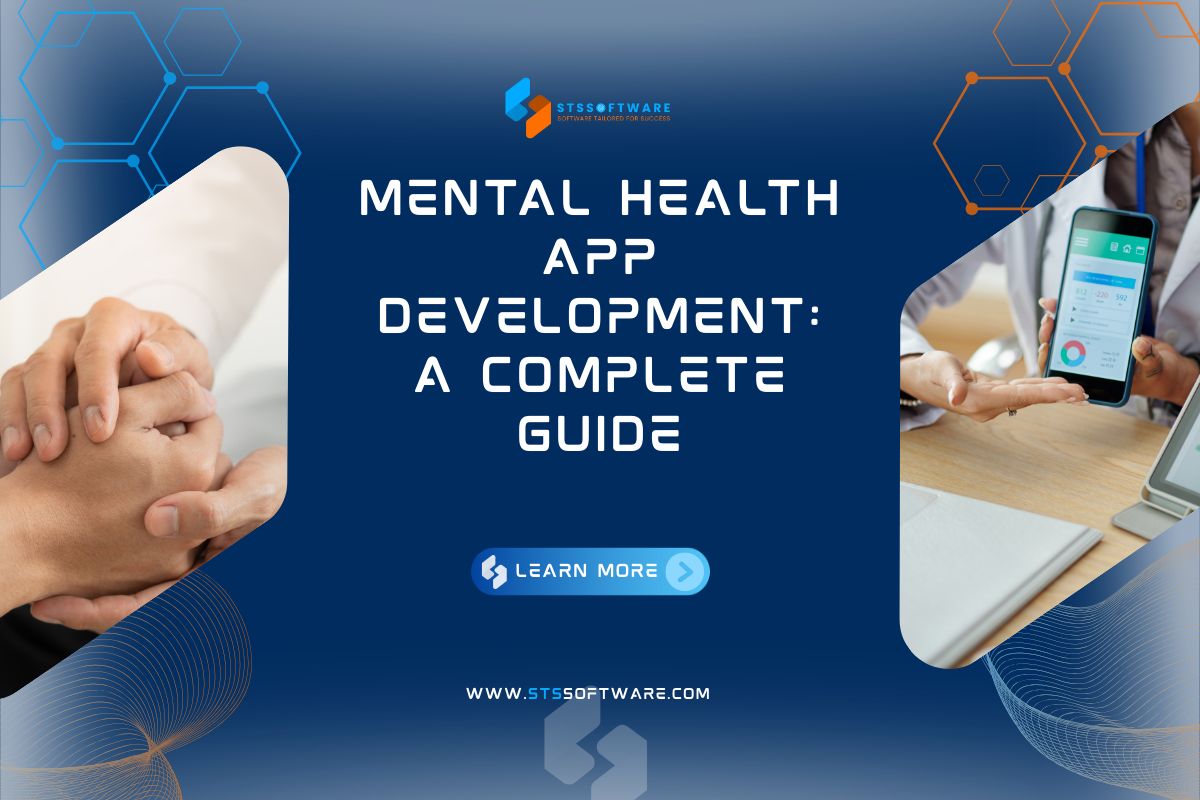Planning an insurance mobile app development project? Mobile apps are rapidly transforming the insurance industry. Back in 2021, 37% of people reached out to their insurer using a mobile app. Just two years earlier, it was only 23%. That’s a big jump! Also, 99% of top leaders in insurance and finance say mobile apps are super important for keeping customers engaged.
Insurance is going digital! Mobile apps change how we buy insurance and talk to insurers. No more waiting or struggling with complex paperwork. Everything is now just a tap away. Today, STS Software will walk you through everything you need to know about insurance mobile app development. You can also get extra tips to get started. Let’s dive into insurance app development now!
The Current State of Insurance Mobile Apps
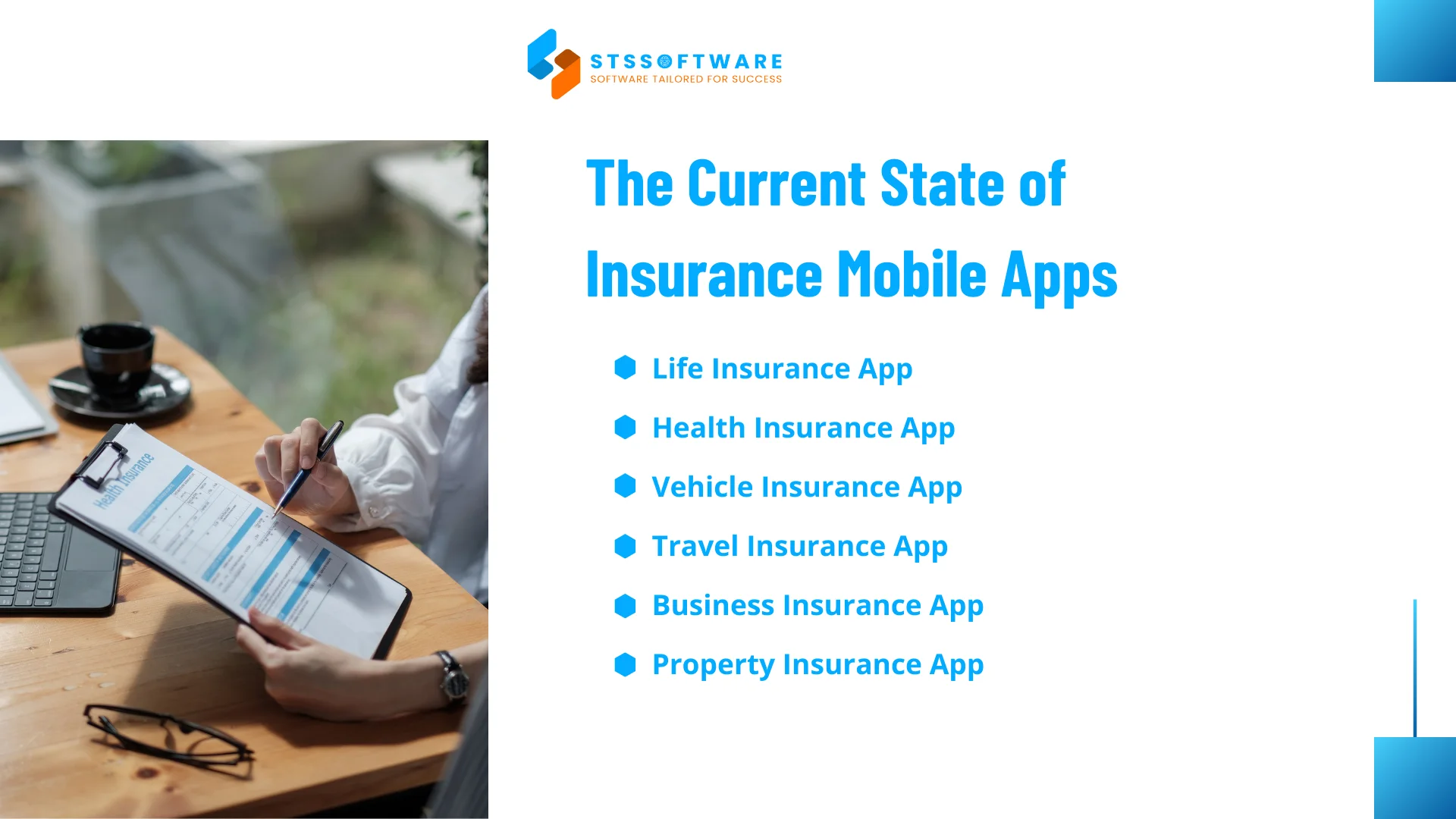
Many customers use insurance mobile apps because they need something convenient and simple for their insurance activities. Thanks to insurance application development, companies can meet their customers while they are on their phones. There are many types of insurance apps on the market today:
- Life Insurance App: You can explore insurance options based on coverage and age. These apps help you calculate premiums, manage policy info, and apply for policies. Some even have financial planning tools and reminders.
- Health Insurance App: You buy health coverage, find clinics, and book appointments using these apps. You can also promote healthy habits through wellness tools.
- Vehicle Insurance App: Auto insurance tools provide digital documents and emergency help. Advanced ones track driving behaviors to offer smart advice and better rates.
- Travel Insurance App: These apps help travelers plan their trips. Some features include quick claim services and real-time help.
- Business Insurance App: Business owners use these apps to choose the right coverage based on risk and size. The apps also simplify document uploads. You can get help with fast claim approvals during loss or fraud.
- Property Insurance App: Renters and homeowners choose these apps to insure their properties. The apps have features like weather alerts, claim tracking, and photo uploads.
Many insurers already saw results. The J.D. Power 2024 U.S. Claims Digital Experience Study shows that mobile apps can boost customer satisfaction. The satisfaction scores rose to 871 out of 1,000, up 17 points from 2023. However, there are still challenges to insurance app development. Some apps have limited features and slow load times. You need the right tools to overcome those limitations.
Essential Features for Modern Insurance Mobile Apps
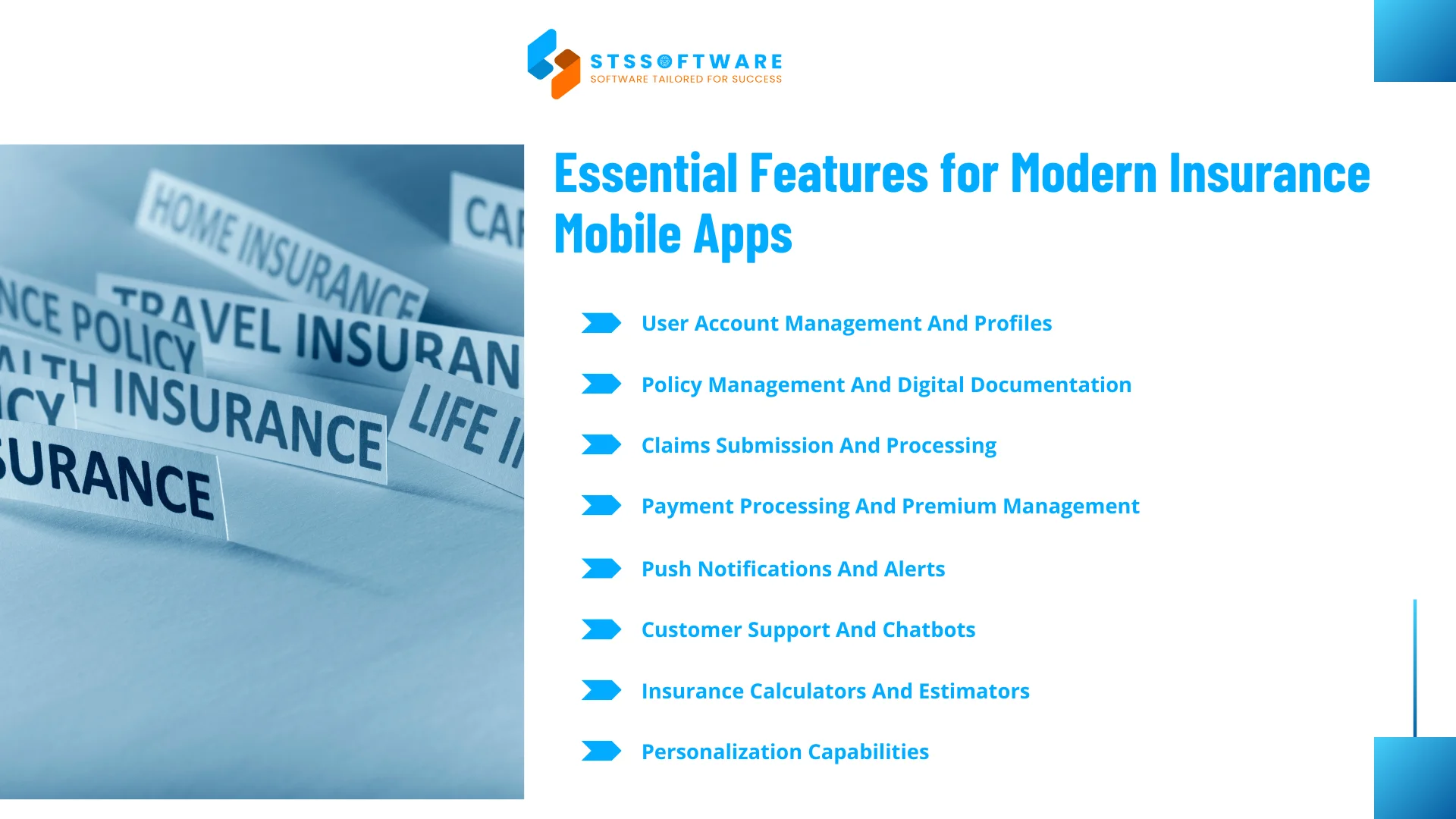
Modern insurance apps are innovative and responsive tools. With their help, you can manage insurance quickly and easily. To really stand out, your app needs features that go beyond the basics. Let’s walk through the must-have elements of a great insurance app.
User Account Management And Profiles
Users should be able to sign up, log in, and update their profiles quickly. Please note that the profiles hold critical personal details like contact info and policy numbers. Right there, they keep their info current. Some modern apps even allow users to link their Facebook and Google accounts.
Policy Management And Digital Documentation
Paper-heavy insurance is troublesome. With digital documentation, users can view their active policies and review past payments. All details are in one place. The app should also help them search for new plans based on their budget and interests. Then, it offers personalized quotes to make policy selection much simpler.
Claims Submission And Processing
A good insurance app lets users upload photos, submit claim forms, and track their status. Users then get instant confirmation and updates as their claim moves through the process. With smart insurance mobile app development, insurers can make claims much easier. Customers will stay happy and loyal.
Payment Processing And Premium Management
Nobody likes missing a premium payment. That’s why you need an insurance app to support seamless payments. The app allows for payments through cards and mobile wallets. Plus, users can get friendly reminders when payments are due. These tools help users manage their finances easily.
Push Notifications And Alerts
In-app alerts are a lifesaver for busy users. Notifications remind them of important dates and policy changes. They can also receive claim status updates. Thanks to the alerts, they won’t miss any deadlines and increase policy engagement. The key is to send notifications in a timely manner without disturbing users.
Customer Support And Chatbots
Sometimes users need a quick answer. They don’t want to wait on hold. That’s where chatbots come in. Customer support is an integral part of insurance app development. Some chatbots these days are AI-powered. It means they have advanced features. For example, the instance app can handle common questions, guide users through complex processes, and offer 244/7 support. Virtual assistants aim for a smoother customer experience.
Insurance Calculators And Estimators
Insurance can be confusing, especially when it comes to pricing. Hence, an insurance app can have built-in calculators. Users can then estimate premiums based on age, coverage, and risk. These tools help break down the costs in simple terms. You want such an app to boost your confidence and offer transparency.
Personalization Capabilities
Every user is different. Thus, the insurance app should reflect that. It may have smart algorithms to study behaviors and medical history to suggest the best plans. This kind of personalization makes decision-making easier. It shows users that the app understands their needs. Better suggestions mean happier customers.
Technology Stack for Insurance App Development
Technology is the backbone of insurance app development. You need the right stack to create a high-performing and secure insurance app. Let’s look at the core technologies that power your project!
Front-End Technologies And Frameworks
For the front-end, Flutter and React Native are popular choices. Flutter is ideal for building a visually rich UI. Meanwhile, React Native has a large community and extensive resources. Both help you develop responsive and beautiful user interfaces. Moreover, they are cross-platform development frameworks. It means you just need a single codebase for both iOS and Android. As you code for multiple platforms at the same time, you will save a lot of development time and cost.
Back-End Development Options
Node.js is a go-to technology for insurance application development. Developers love Node.js for its speed and scalability. It would be best to pair Node.js with frameworks like NestJS and Express.js. Together, they can handle complex insurance logic. Another great thing about Node.js is that it streamlines development and enhances user experience. Other options include Laravel and Ruby on Rails.
Database Considerations
A flexible database is key in insurance mobile app development. NoSQL databases like DocumentDB and MongoDB are ideal for storing insurance data. These solutions are highly scalable. You can also take advantage of their fast data retrieval. They support cloud-native apps, too. In the end, users will handle insurance activities easily.
API Integration Requirements
An insurance app should connect seamlessly with multiple systems. For example, users often pay for their insurance online. Therefore, the insurance app should link to payment gateways like Stripe and PayPal. Plus, the app should integrate various backend systems and data sources. A solid API layer ensures that these connections are stable and secure.
Security Technologies And Compliance Solutions
Security should be your top concern when developing an insurance app. Your app can have an SSL certificate to encrypt data in transit. Encryption protocols also help handle data securely. Authentication must be strong. You can consider biometric login or multi-factor authentication. Besides, compliance with regulations like HIPAA and GDPR is a must. You need it to work with sensitive user data.
Analytics And Reporting Tools
Firebase provides mobile analytics to track user behavior and engagement. Meanwhile, tools like NewRelic monitor your backend for performance issues and server load. These platforms help you understand how users interact with the app. You can also identify problems before they impact user experience.
Step-by-Step Insurance App Development Process
Insurance mobile app development isn’t just coding. Instead, it’s a structured process with multiple steps. Let us break down the journey into clear steps!
Discovery And Planning Phase
You need in-depth market research to start your insurance application development project. This step also involves competitive analysis to understand current market trends. Plus, try to identify gaps in existing solutions and define what makes your insurance app unique. After that, outline the app’s must-have features. You should sketch basic wireframes, too. The wireframes help show how users will move through your app.
UX/UI Design Considerations Specific To Insurance
During the design phase, you need a user map to simplify complex tasks. A well-organized interface helps reduce confusion. You should use the colors that reflect your brand image. Also, create interactive prototypes to picture how users will interact with your app. Accessibility and responsiveness are key here.
Development Methodology Recommendations
This phase turns your prototype into a working product. Use the technology stacks in the previous section for the development task. Consider starting with a Minimum Viable Product (MVP). You can then test your idea with essential features before investing in full development. An Agile approach is ideal for insurance application development. It promotes collaboration, early feedback, and rapid iteration. You can break down the app into sprints so that it’s easier to manage.
Testing Strategies For Insurance Applications
Before you launch, thorough testing is a must. You should perform usability, compatibility, performance, and security tests. These assessments help you identify and fix bugs. If it takes too much time, consider automated tests. Ultimately, quality assurance ensures your app is reliable from day one.
Deployment And Launch Considerations
It’s time for your app to go live. You need to set up the necessary infrastructure like cloud storage, database, and user authentication. Also, create backup and recovery backups. You can then prevent data loss and know what to do when it happens. Once everything is ready, submit your app to app stores.
Maintenance And Update Planning
Your work doesn’t end at launch. The insurance app needs ongoing support to stay secure and functional. You should monitor user feedback and performance metrics to improve the app. Remember to update the app regularly. You can also introduce new features to enhance its functionality. And if there are new regulations or market demands, be ready to adapt to the changes!
Cost Factors in Insurance App Development
The insurance mobile app development cost ranges from $35,000 to $250,000. The exact cost depends on the following factors:
- Design and development: The cost covers UI/UX design, front-end, and back-end development. If you integrate your app with APIs and databases, the price will increase.
- Platforms and devices: Developing a single platform is more expensive than creating a cross-platform app.
- Features: Basic features don’t require too much effort or resources. But if you need advanced functionalities, pay more.
- Security: You need to handle sensitive data. Robust security measures add to development costs.
- Testing and QA: You can perform multiple tests to ensure your app performs as expected. Yet, the cost will be higher.
- Maintenance and updates: Post-launch support is crucial for app performance. Yet, it incurs ongoing costs.
You can choose between in–house or outsourced development. In-house teams give you more control. However, it comes with higher costs. You have to hire, train, and manage your team. These costs are ongoing, adding to the total development expense. In this case, you can partner with an insurance app development company. Then, there is no need to perform those tasks. You will save expenses related to HR management. Outsourcing also helps you access specialized expertise. Yet, it may involve less direct control.
A McKinsey study found that using automation for claims can cut costs by up to 30%. Thanks to the reduced costs, insurance companies can invest more in other activities and work more efficiently. They can also increase ROI.
Unfortunately, insurance app development still has hidden costs. For example, you may want to integrate third-party services like payment gateways and analytics tools. These costs add up over time.
Challenges and Solutions in Insurance App Development
Insurance application development comes with several challenges. Each obstacle can impact user trust and data security. Let’s explore what you may encounter on this journey!
Regulatory Compliance
Businesses must comply with regulations like GDPR and HIPAA. Otherwise, you will face heavy fines. Your users may turn their backs on you. Those who are new to the industry often make this mistake. So don’t be one of them!
To ensure compliance, try to work with an insurance app development company experienced in security regulations. Your partner keeps you updated with the rules and minimizes risks.
Data Security Concerns
Insurance apps include payment details and social security numbers. Thus, they can be targets for cyberattacks. Data breaches can lead to financial losses. You will gradually ruin your company’s reputation, too.
You should complement strong encryption protocols to protect your app. Also, ensure only authorized personnel can access sensitive data. Regular security audits and multi-factor authentication further enhance security. You can incorporate blockchain technology to guarantee secure transactions, too.
Integration With Legacy Systems
Many insurance companies rely on legacy systems for operations. Integrating new mobile apps with these systems can be hard. You may have to deal with data transfer issues and performance problems.
So, you need to assess the existing infrastructure first. Then, identify potential integration points and use middleware solutions to bridge gaps. Another solution is to modernize your legacy systems. Don’t forget to perform tests during integration to mitigate risks.
User Adoption Strategies
Even the most feature-rich app can fail if users can’t navigate smoothly. A lack of intuitive design can result in low adoption rates. Your customer support team has to work really hard to help your customers.
You should invest in a user-centric design. Focus on clear layouts and intuitive navigation here. You can also add features like biometric login and OTP verification. All these methods contribute to secure and easy access.
Performance Optimization
Be careful when hosting is unreliable and there are poor back-end components. They all lead to long-term failures. You will suffer from slow load times and app crashes. After all, your customers will uninstall the app and send you negative reviews.
So, you should optimize both front-end and back-end components for efficiency. Besides, use a reliable hosting service to enhance load times. It would be perfect to perform multiple tests before launch. Performance optimization can help maintain a seamless user experience.
Why Choose STS Software as Your Partner for Insurance Mobile App Development
Looking for a reliable insurance app development company? STS Software has everything you need, from experience to technical expertise. There is much more you can expect from us. Let’s see!
- Experience of More Than 12 Years: We have worked in the industry since 2012. Thus, we know how to deal well with your problems and bring you top-notch insurance mobile app development services!
- Technical Expertise: We have a team of top developers in the USA. They select the best technology stack for your project. You can also request advanced features for your insurance app.
- Portfolio of Successful Projects: Visit our website, and you will be impressed with our extensive portfolio. We handle each project with dedication and professionalism. Whatever the challenge is, we overcome it confidently.
- Development Methodology: STS Software chooses the Agile methodology. With this approach, we keep you involved at every step. Plus, we improve the app based on your feedback. In the end, you can ensure timely delivery and top-notch quality.
- Support and Maintenance Capabilities: You are our partner. Thus, we offer continuous support and maintenance services. Choose us, and you will have a companion who is always ready to help.
- Positive Client Testimonials: Our clients have sent us many 5-star reviews. These testimonials come from our commitment to clients’ success.



